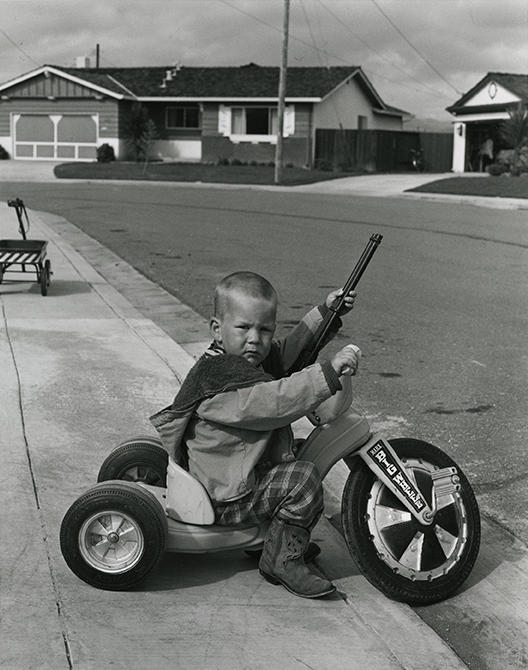
EAST BAY TIMES -- When you’re talking to Owens, now 80 and living in Hayward, it’s not hard to imagine how the photographer ingratiated himself with middle class young families looking for a suburban idyll in Livermore. A gregarious man with a puckish sense of humor, he was born in San Jose and studied visual anthropology at San Francisco State with John Collier Jr., who pioneered the emerging field. Heeding John F. Kennedy’s call to service, he and his wife joined the Peace Corps and spent three years in the Caribbean, mostly in Jamaica.
By the time they returned to the Bay Area in 1968, the disruptive decade was in full flower, and “we were in cultural shock how much the country had changed while we were away,” Owens says. He landed his first job as a general assignment photographer for The Independent, shooting quotidian events around Livermore, Dublin and Pleasanton: “the new fire chief, Rotary Club meetings, football games,” he says. “Working for the newspaper, you have carte blanche access.”
Suburbia had been subject to derision as a sterile, alienating cultural wasteland for decades, an attitude exemplified by folksinger Malvina Reynolds’ 1963 song Little Boxes (famously inspired by tract housing in Daly City). “Suburbia was a dirty word,” Owens says, but the photographer had no interest in satirizing his subjects.
Putting his visual anthropology training to work, he wrote up a shooting script and set out to methodically document the various and sundry elements that defined suburban life, starting with the physical landscape.
Photo: “Ritchie” by Bill Owens. 1972. Photo courtesy of Bill Owens.